Understanding Traditional Chinese Medicine through the Map of China
Yun Huang Lian
1
Introduction
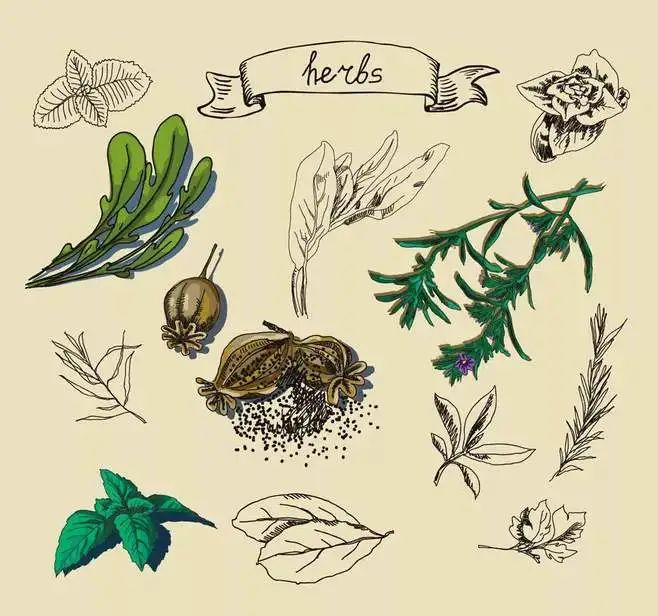
Yun Huang Lian, also known as Yunnan Huang Lian, has various aliases such as Wang Lian, Wei Lian, Ya Lian, Chuan Lian, and Ji Zhua Lian. It is a commonly used traditional Chinese medicine (TCM) with remarkable efficacy. Huang Lian is first recorded in the ancient text “Shen Nong Ben Cao Jing” (Shen Nong’s Classic of Materia Medica), named for its yellow color and the bead-like appearance of its rhizomes.
The “Dian Nan Ben Cao” from the Ming Dynasty states: “Dian Lian, also known as Yun Lian, is often unrecognized by many. It grows in Chui Mountain, resembling the plant Che Qian (Plantago), with small, fine, yellow roots that connect in strips. This Huang Lian is a hundred times more effective than Chuan Lian. It has a bitter taste, is cold in nature, and is non-toxic. It clears heat, eliminates dampness, and alleviates abdominal distension and dysentery.” The area referred to as Dian corresponds to present-day Yunnan Province, and Chui Mountain is located in Kunming City, Yunnan. This Yun Lian is indeed Yun Huang Lian, marking its first botanical record. The market price of Yun Huang Lian is 2-3 times higher than that of Chuan Huang Lian, as it is propagated through rhizomes, either cultivated or semi-cultivated, which incurs high costs, labor, and low yield, yet it is considered a “premium” among Huang Lian.

2
The Story of “Yun Huang Lian”

Huang Lian has been passed down for thousands of years, accompanied by its unique legends. It is said that there once lived a very poor family by the oil grass river in Huangshui, whose surname was “Huang” and the male head was called “Huang Lao Da”. This impoverished family of three lived together in a hut made of straw, while renting farmland from the local landlord, Xiang Laoye, to make a living through hard work. At this time, Huang Lao Da was over sixty years old and had a twelve-year-old daughter named “Huang Lian”. He cherished his daughter dearly. Huang Lian was a kind, diligent, gentle, and filial girl. Unfortunately, when Huang Lian was thirteen, a sudden outbreak of dysentery occurred in the area, and both Huang Lao Da and his wife fell ill and passed away. Soon after, the lonely Huang Lian was captured by Xiang Laoye to serve his mad daughter.
Afterward, the madam often beat and scolded Huang Lian. During her time as a servant in the Xiang household, Huang Lian met a young man named Qin Geng, who worked with the horses. Three years later, Huang Lian had grown into a beautiful young woman, and Xiang Laoye wanted to betroth her to his godson, Li Bao Cai, as a concubine. Li Bao Cai was already in his forties, and upon hearing this news, Huang Lian hurried to seek help from Qin Geng. Unfortunately, Qin Geng was too frightened to return home after losing a horse a few days prior. The poor girl, feeling hopeless, ultimately hanged herself from a pine tree, ending her young life. Upon learning of this, Qin Geng built a straw hut by Huang Lian’s grave to remember her. As time passed, the grave became covered with lush green grass. One hot summer day, after selling firewood, Qin Geng suddenly felt severe abdominal pain and diarrhea, eventually falling ill. In a half-awake state, Huang Lian appeared in his dream, instructing him to use the green grass from her grave to brew medicine for his illness. He followed her advice, and indeed, he quickly recovered. Later, Qin Geng used the grass growing on Huang Lian’s grave to treat others, naming it “Huang Lian”. From then on, “Huang Lian” became a precious traditional Chinese medicine.

3
Growth Climate and Geographic Location

Yun Huang Lian is distributed in the northwestern part of Yunnan and the southeastern part of Tibet, and it is also found in Myanmar and other regions. It grows in the cold, damp shade of high mountains at altitudes between 1500-2300 meters, either wild or sometimes cultivated.
Yun Huang Lian has high soil requirements, and good soil often increases its yield. It thrives in moderately humid, slightly acidic to acidic soils rich in organic matter. The subtropical, cool, and humid climate is suitable for its survival, which is precisely the environment that Yunnan provides. Taking Fugu as an important production area of Yun Huang Lian as an example, the climate here is mainly subtropical monsoon, with abundant rainfall and moderate temperatures, and high annual humidity, which is ideal for the growth of Yun Huang Lian. Additionally, due to its location in a canyon, the unique interaction of geographical environment, climate, geology, and topography results in rich soil that provides ample nutrients for Yun Huang Lian.
In northwestern Yunnan, there are many tourist attractions such as Shiyueliang, La Wuyan Waterfall, and Feilai Stone. The majestic and perilous Moon Mountain has a prominent main peak, surrounded by numerous peaks, creating countless breathtaking views. The forests, trees, mountains, and canyons connect seamlessly, making one feel at one with nature. This land nurtures the vibrant, colorful, and culturally rich Lisu and Nu ethnic groups.

4
Properties and Meridians (Chinese Pharmacopoeia)

Main Properties: Bitter, cold. Enters the Heart (Xin), Spleen (Pi), Stomach (Wei), Liver (Gan), Gallbladder (Dan), and Large Intestine (Da Chang) meridians.
Basic Efficacy: Clears heat and dries dampness, purges fire and detoxifies. Used for damp-heat distension, vomiting with sour regurgitation, dysentery, jaundice, high fever with delirium, excessive heart fire, irritability and insomnia, palpitations, blood heat with vomiting or nosebleeds, red eyes, toothache, thirst, and carbuncles; externally used for eczema, damp sores, and ear discharge. Jiu Huang Lian is good for clearing heat from the upper jiao. Used for red eyes and oral ulcers. Jiang Huang Lian clears the stomach and stops vomiting. Used for cold-heat counterflow, damp-heat obstruction, and distension with vomiting. Yu Huang Lian soothes the liver and stomach and stops vomiting. Used for liver-stomach disharmony, vomiting with sour regurgitation.
Materia Medica Summary: The “Ben Cao Gang Mu” states: “Huang Lian is extremely bitter and cold; it should be used to lower fire and dry dampness, and it should stop when the condition is resolved.”
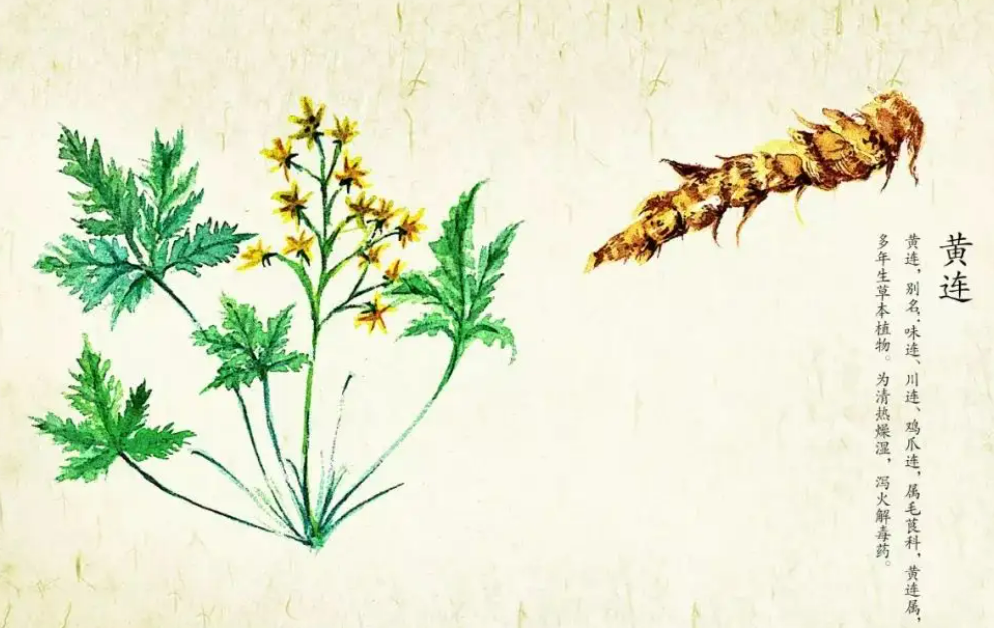
5
Dietary Health with Yun Huang Lian

Shan Yao Huang Lian Soup
Ingredients: 30 grams of Shan Yao (Chinese Yam), 10 grams of Huang Lian, placed in a clay pot with an appropriate amount of water, boiled until cooked and ready to drink.
Efficacy: Clears stomach heat, nourishes stomach yin, and stops thirst. Suitable for diabetes, lung and stomach dryness, and insufficient heat-yin fluid.
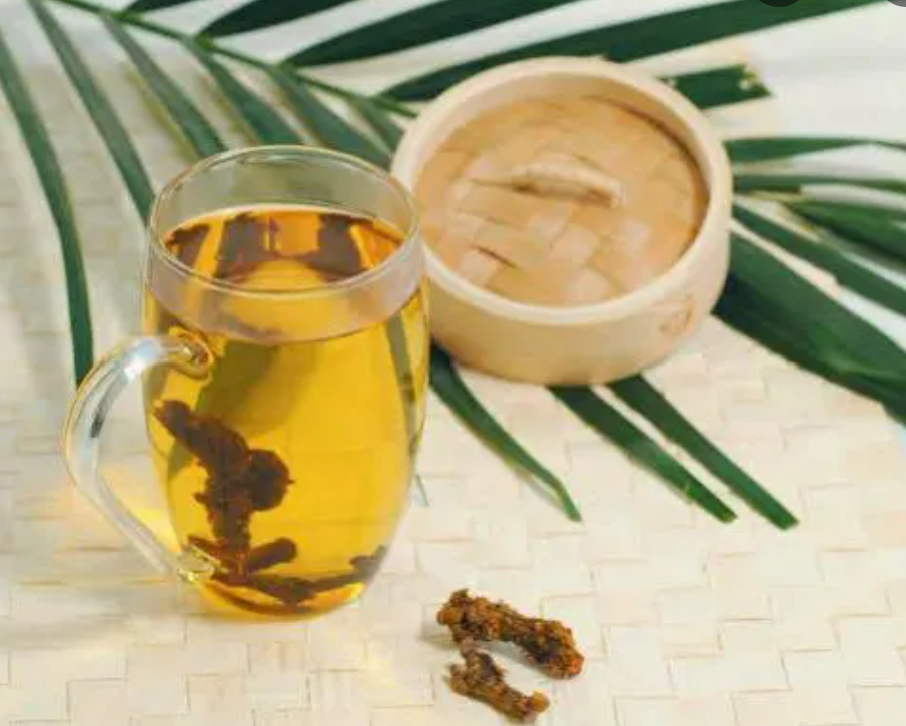
Huang Lian Lian Zi Soup
Ingredients: 10 grams of Huang Lian, 30 grams of Lian Zi (Lotus Seed), 15 grams of Dang Shen (Codonopsis), decocted in water for consumption.
Efficacy: Clears heat and dries dampness, purges fire and detoxifies. Indicated for intestinal cancer and significant rectal urgency.
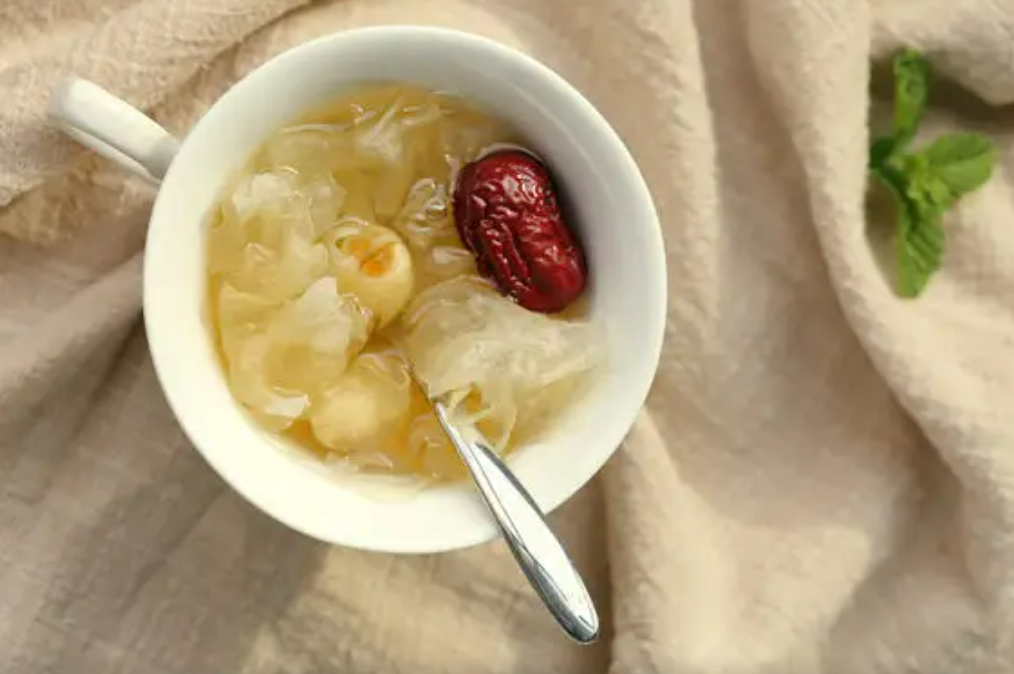
References:
[1] Wang Jianyun, Mu Qi’ai, Liu Jinglun, Shi Xiaochun. Community Study of the Habitat of Yun Huang Lian in Gaoligong Mountain [J]. Anhui Agricultural Sciences, 2013, 41(02): 739-744+747.
[2] Zhang Ji, Jin Hang, Li Wanyi, Wang Yuanzhong, Zhang Jinyu. Correlation Analysis of Soil Nutrients with Yield and Effective Components of Yun Huang Lian [J]. China Journal of Chinese Materia Medica, 2011, 36(19): 2629-2631.
Images and some text sourced from the internet (please delete if infringing)
Planning / Yin Peihao
Review / Yin Peihao
Editor / Kong Qi
Medical Tumor Classroom
Scan the QR code to follow us
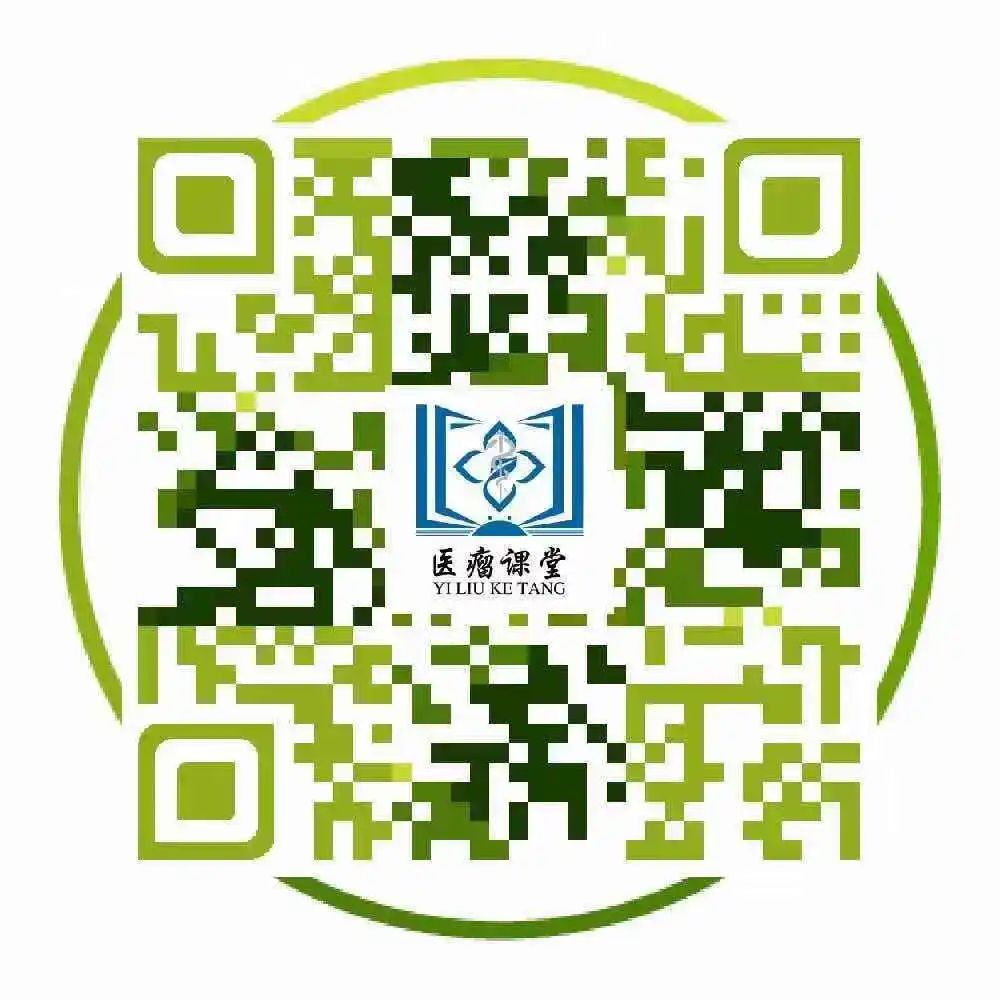
Follow the Medical Tumor Classroom
Focus on your health
I know you are “watching”~

